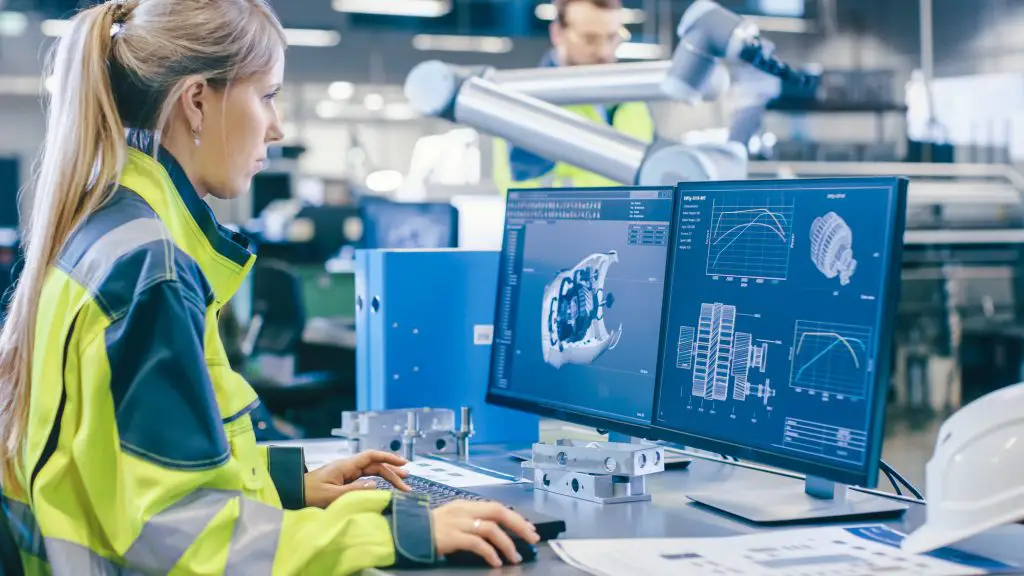The healthcare industry has historically been an early adopter of technology advancements and has reaped significant benefits. Machine learning (an artificial intelligence subset) is being used in a variety of healthcare fields, including the invention of new medical treatments, the management of patient data and records, and the treatment of chronic diseases. One of the top and most important uses of machine learning technology in healthcare sector is the detection and diagnosis of various types of diseases and conditions that are otherwise very difficult to identify. This can range from tumors that are difficult to detect in their early stages to other hereditary diseases. This research identifies and discusses various uses of machine learning in medical diagnosis. https://www.sciencedirect.com/org/science
Introduction
Late diagnosis of a disease, resulting in delayed treatment and recovery, is quite prevalent. A large number of lives can be saved if we can diagnose a disease before it manifests in a person’s body. Machine learning technology is currently being investigated and used to speed up the diagnosis of many diseases, including cancer. Machine learning is an artificial intelligence application that employs algorithms to discover patterns in massive amounts of data. Data can take many forms, including images, statistics, and words. This data is parsed by machine learning software, which then “learns” by drawing patterns from which it can generate predictions. With the goal of applying learning to similar elements, the machine learning algorithm seeks for a system of rules that allows it to determine common characteristics of components within a group (Lee, 2021). https://hyscaler.com/insights/ai-in-medical-diagnosis-healthcare/
Machine learning has gained popularity in healthcare, due to its ability to aid in the early detection of diseases in a reasonably prompt and accurate manner. With the medical field, machine learning can be used to aid in disease diagnosis. It is commonly used to aid in the detection of breast cancer utilizing ultrasound or X-ray imaging. Supervised learning classification is used in this circumstance because we want to know whether cancer is prevalent or not (a discrete binary label) (Saxena, 2021). As an added bonus, the algorithm can explain why it classified an image the way it did, providing useful information to healthcare professionals.
Another well-known and most important example application of machine learning technology in healthcare sector is the prediction of Alzheimer’s disease (Tanveer et al., 2020). In this example the machine learning model searches for patterns in the speech of participants with this disease using a set of audio recordings. The amplitude and frequency of sounds, as well as pauses between sentences, are used in the analysis. The model assists a geriatric medicine specialist in detecting signs of early Alzheimer’s through speech.
Machine learning algorithms have the ability to work with large amounts of data. They do this as part of their search for linkages needed in the decision-making process. In the field of medicine, detailed information is of great importance. People are accustomed to preserving and storing this information, but modern technology has advanced. ML algorithms are set to deliver multidimensional solutions based on all the obtained data (Panesar, 2019). Medical machine learning can also be used to find new explanations. Medical facilities can make better use of the information collected (Shaheen, 2021a). Algorithms come in very handy in this situation. The key to saving crucial doctors’ time is effective information management. Many physicians find it very simpler to assist their all patients with their ailments. Meanwhile, medical facilities can reduce the costs associated with various treatment procedures (Hu et al., 2015).
Use of Artificial Neural Networks (ANN) and Deep N in Medical Diagnosis
1. ANN and DAN in Medical Diagnosis
Artificial Neural Networks (ANN) is a modeling approach inspired by the human neural system that allows learning by patterns from representative data that reflect a physical phenomenon or decision process. The ability to construct real correlations between independent and dependent variables, as well as the ability to extract delicate information and complex knowledge from representative data sets, is a distinctive feature of ANN (Srivastav, 2021) (Kollár, 2021a). Relationships between independent and dependent variables can be established without making any assumptions about the formal representation of phenomena. ANN models have several advantages over regression-based models, such as the ability to handle noisy data (Sadiq et al., 2019).
A layer of input nodes and a layer of output nodes form an ANN, which is connected by one or more layers of hidden nodes. By firing activation functions, input layer nodes send information to hidden layer nodes, while hidden layer nodes either fire or remain latent based on the evidence given (Koller, 2021b). The evidence is weighted by the hidden layers, and when a node or collection of nodes in the hidden layer hits a certain threshold, a value is passed to one or more nodes in the output layer. A large number of cases must be used to train an ANN (data). For infrequent or extreme events, where data is insufficient to train the model, ANNs cannot be used. Human expertise cannot be used as a replacement for quantitative evidence in ANNs (Sadiq et al., 2019). A deep learning algorithm is a neural network that has more than three layers, including inputs and outputs. A two- or three-layer neural network is known as a simple neural network.
Because urinary tract infection (UTI) symptoms are difficult to diagnose, (Ozkan et al., 2018) created an EN-based model to improve UTI diagnostic performance. Using clinically accessible data, this method can distinguish between cystitis and urethritis. Furthermore, they stated that ML approaches can be used to avoid intrusive and expensive methods. It is difficult to tell whether a child has a traumatic brain injury (TBI). As a result, Chong et al., (2015) aimed to investigate the potential of using machine learning to predict moderate to severe TBI. According to their research, clinical information along with the head injury can be used to build a viable ML model for TBI injury diagnosis.
Abubakar and Olatunji, (2020) established a model to forecast the incidence of diarrhea, which is one of the leading causes of mortality. The proposed strategy is based on artificial neural networks (ANN) and can be useful in preventing diarrhea. This system has an accuracy rating of 95.63 percent. Prioritizing between critically ill and stable patients in emergency rooms is important. Raita et al. (2019) created a deep learning (DL) model to predict critical care outcomes. The approach uses clinical and demographic data to improve resource utilization. When contrasted with the traditional emergency severity index, which is used to prioritize patients, our approach has performed better.
2. Convolutional Neural Network (CNN) in Medical Diagnosis
CNN is a type of feed-forward NN used in artificial intelligence. It is a popular tool for image recognition. The input data is represented as multidimensional arrays by CNN. It works well when there is a lot of labeled data. The receptive field is what CNN uses to extract each and every piece of the input image. It adds weight to each neuron based on the importance of the receptive field. So that it can differentiate between the relevance of the neurons. There are three types of layers in the architecture of CNN: (1) convolution, (2) pooling, and (3) fully connected.
The internal organs must be visualized to discover anomalies in their anatomy or function, which necessitates the use of medical imaging. X-ray, CT, MRI, PET, and ultrasound scanners are medical image capture devices that capture the structure and function of the organs inside and display them as images or movies. To accurately detect anomalies or diagnose functional impairment, photos and videos must be interpreted. If an anomaly is found, the specific location, size, and shape of the abnormality must be established. Traditionally, trained physicians have performed these activities based on their assessment and expertise. These tasks are intended to be accomplished by intelligent healthcare systems using CNNs and Intelligent Medical Image Understanding. The major tasks in medical image interpretation include classification, segmentation, detection, and localization (Le Glaz et al., 2021) (Sarvamangala and Kulkarni, 2021) (van der Schaar et al., 2021).
Read Also:
- Artificial Intelligence In India’s Healthcare System
- Artificial Intelligence In Healthcare
- Potential Of Artificial Intelligence (AI) In Healthcare
- Findings And Discussions On Artificial Intelligence (AI) In Healthcare
- Artificial Intelligence (AI) (Online Resource): The Panacea For SMEs In Healthcare
- Main Use Cases Of Artificial Intelligence (AI) In Healthcare
- Artificial Intelligence (AI) In Healthcare In India
- Artificial Intelligence For Healthcare
- Challenges And Precautions Of Using Artificial Intelligence (AI) In Healthcare
- Importance Of Artificial Intelligence (AI) Health Privacy






